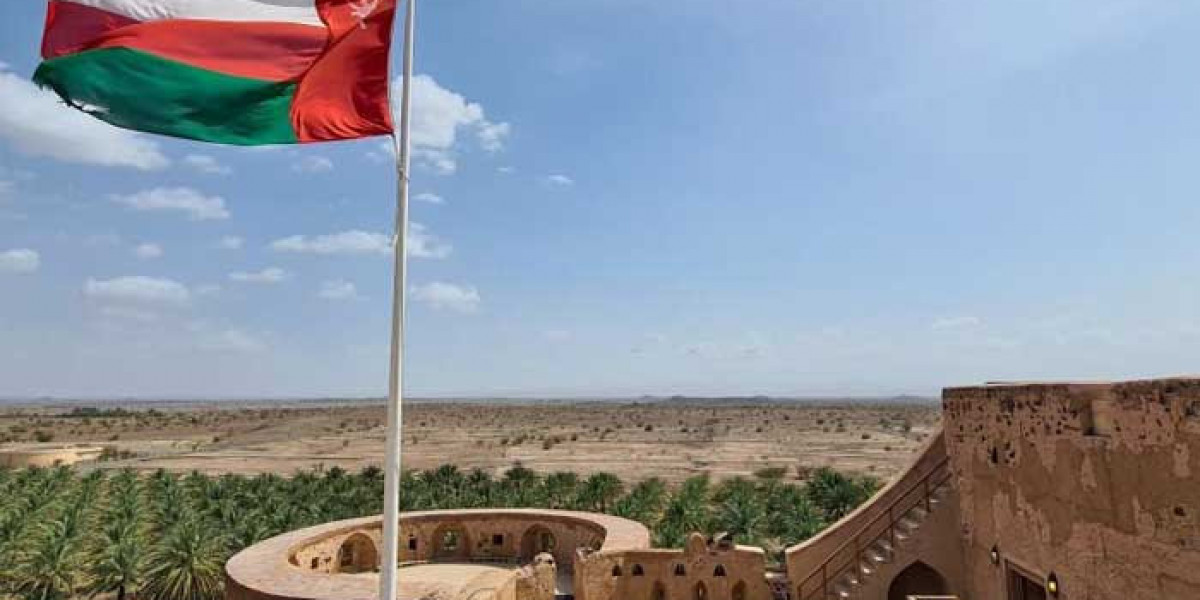Oman is a cradle of tradition tucked into the folds of modernity. This juxtaposition presents a fascinating symphony of lifestyles.
Those eager to get a front-row seat to this cultural dance can do so at one of the many souqs. Here, cosmopolitan flair meets timeless desert beauty. The result is pure magic.
Sultan Qaboos Grand Mosque
When it comes to a place of worship and prayer, the Sultan Qaboos Grand Mosque sets the bar high. A gift to the nation from the Sultan himself, this incredible structure took six years to complete and houses one of the worlds largest handmade carpets as well as the biggest chandelier.
Are you looking for travel company in Oman
Its architecture is stunning, featuring a central dome that rises to fifty meters (164 feet) and a series of five minaretsone at each corner of the compound and another along the northern wallrepresenting the Five Pillars of Islam. This impressive architectural marvel stands as a shining example of how tradition and modernity coexist in Muscat.
Whether youre simply observing the intricate design or partaking in a guided tour, a visit to the Sultan Qaboos Grand Mosque is an opportunity to immerse yourself in the rich culture of Oman and gain a deeper appreciation of its heritage and spirituality. Before your trip, consider familiarizing yourself with the mosques rules and guidelines so that you can make the most of your experience while adhering to etiquette.
As a rule, visitors are required to remove their shoes and walk barefoot inside the mosque compound, so be sure to leave your footwear in designated areas near the entrances. You should also be prepared to dress modestly. Moreover, food and drink is not permitted in the mosque, so its best to leave any snacks or drinks at home before your visit.
Mutrah Souq
The Mutrah Souq is one of the oldest marketplaces in Oman and has been at the heart of local culture for over 200 years. With lantern-lit hallways and carved wooden doors, the souq offers visitors a glimpse into Omans rich trade history and cultural fabric.
The souq is a maze of eye-catching stalls, selling everything from modern souvenirs to traditional Omani goods. Whether you are shopping for souvenirs or just looking for some culture, its an amazing place to spend a day in Muscat.
When visiting the Mutrah Souq, its important to keep an open mind and be prepared for a bit of a challenge. There are a lot of crowded stalls and the area can be confusing, but its worth it in the end when you walk away with some amazing souvenirs and an unforgettable experience.
Mutrah Souq is a treasure trove of traditional Omani handicrafts, from intricately woven textiles to exquisite silver jewelry. The district also hosts various cultural events throughout the year, showcasing Omans rich artistic heritage. The district also offers a variety of dining options, from authentic Omani restaurants to international flavors.
Despite its rich history, there are signs of a new age emerging in the district. Several of the time-honoured shops are now using digital displays to advertise their products, while others are starting to explore e-commerce options. The challenge lies not in choosing between tradition and modernity, but in finding innovative ways to integrate the two.
The city of Muscat has a fascinating culture that is rooted in ancient traditions and history, but it still embraces the modern world. This is reflected in its vibrant streets, traditional souks, and breathtaking waterfront. The area is a true gem for those who are interested in learning about Omans past, and the beauty of its future.
Al Jalali and Al Mirani Forts
Perched on the cliffs flanking Muscat's port, Al Jalali and Al Mirani forts are compelling remnants of the city's martial past. Dating back to the 16th century, these two forts (currently closed to visitors) were once vital defense fortresses that helped Oman ward off foreign invasions. Today, they stand as historic landmarks, attracting history enthusiasts and tourists looking for an authentic Omani experience.
One of the most iconic views in Old Muscat, these twin forts boast an unrivaled vantage point that lets visitors soak in the azure waters of the Arabian Sea, majestic Sultan Qaboos Port, and the bustling Mutrah Souq. The forts are also home to a museum that showcases cultural relics such as rugs, pottery and jewelry along with weapons and household utensils.
The forts' stark walls are often used as a canvas for art exhibitions that feature works from local and international artists. Whether it's an abstract painting or a contemporary take on Oman's culture and history, the artistic offerings at these exhibitions offer a refreshing aesthetic that complements the forts' historic charm. In addition, some of these events include talks or meet-and-greet sessions with the artists themselves, providing an in-depth understanding of the inspirations behind their creative works.
A must-visit for history enthusiasts, the museum at Al Jalali Fort is a trove of artifacts that give an insight into Oman's past. It showcases a collection of antique weapons such as muskets and matchlocks along with cannons from the fort's gun ports, which were once filled with shot, ropes and firing equipment. There are also a number of historic maps and other artworks that provide an in-depth understanding of Muscat's rich history.










